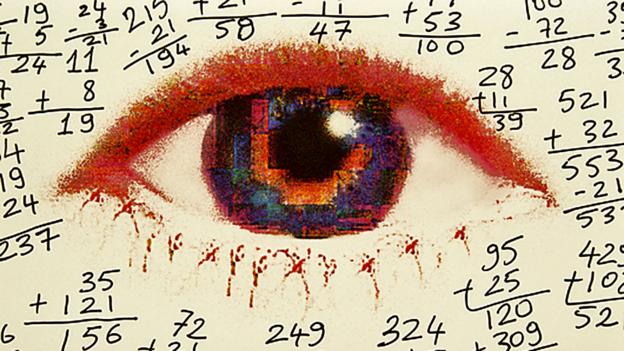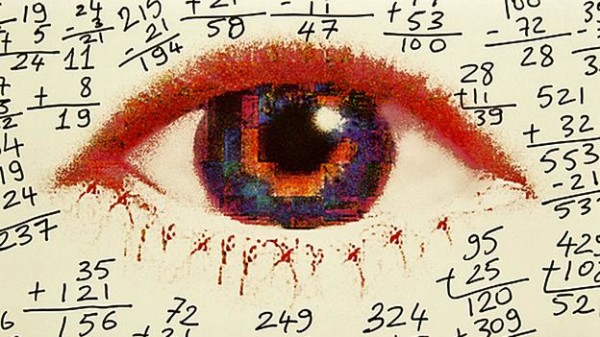
When students learn online, every mouse click is tracked. Harness this wealth of data and we can create the ultimate in personalised lessons.
One day, Sebastian Thrun ran a simple and surprising experiment on a class of students that changed his ideas about how they were learning.
The students were doing an online course provided by Udacity, an educational organisation that Thrun co-founded in 2011. Thrun and his colleagues split the online students into two groups. One group saw the lesson’s presentation slides in colour, and another got the same material in black and white. Thrun and Udacity then monitored their performance. The outcome? “Test results were much better for the black-and-white version,” Thrun told Technology Review. “That surprised me.”
Why was a black-and-white lesson better than colour? It’s not clear. But what matters is that the data was unequivocal – and crucially it challenged conventional assumptions about teaching, providing the possibility that lessons can be tweaked and improved for students.
It was an early example of a trend promising to transform online education – the exploitation of huge amounts of data about how people actually learn. Artificial intelligence underpinning online courses can log every click and keyboard stroke a student makes, and this is revealing patterns of learning behaviour that are difficult, if not impossible, for teachers to see in a traditional classroom. Equipped with this information, course designers can adapt their materials, and deliver the ultimate in targeted teaching. Could this lead to the perfect, personalised lesson?
This wealth of data is only available thanks to the recent rise in popularity of Moocs (massive open online courses), which offer anyone with access to the internet the chance to sign up for university courses and study them for free. These online courses, hosted by the likes of Udacity, Coursera and edX, have been the subject of much hype in recent months, as institutions debate whether this will save or endanger the traditional university degree. But arguably the real novelty they offer has been missed. Many critics dismiss Moocs as simply online videos of lectures, and so nothing new. Yet Moocs greatest impact may come from what they can teach the teachers: offering a unique opportunity to monitor student behaviour during lessons in unprecedented detail.
You can even monitor mouse clicks. “We collect tracking data such as whether they press pause or play at certain parts of a video,” says Chuong Do, a software engineer and leader of the data analytics team at Coursera.
For starters, such data helps Coursera group participants into different types of student, such as those who watch all the lectures and complete all the assignments, others who lose interest over time, and those that like to watch the videos but have no interest in completing any homework. Perhaps surprisingly, Coursera has discovered there is also a group of students who complete all of the homework assignments without watching any of the lectures. “This was unexpected, but maybe there are people who are really interested in earning a Coursera certificate, or who have read the material already and are just using it as a way of brushing up.”
Such information will allow people to adapt courses for different sub-groups of students. In particular, it provides clear and sometimes surprising signals about the presentation style that works best for students, as Udacity’s trial with black-and-white slides revealed.
Motivation exercise
According to Rene Kizilcec, a PhD student at the Lytics Lab at Stanford University, the style of presentation on a computer screen can make a big difference to learning. For example, the lecture videos that make up the bulk of teaching in Moocs often contain an inset of the instructor in one corner of the slides. Kizilcec wondered whether these inset videos, which are expensive to produce, actually help students to learn, or are simply a distraction.
Kizilcec looked at whether the video of the instructor should be placed in the corner of every slide, or if it students would be equally happy if it disappeared and reappeared intermittently. By monitoring over 21,000 participants on a Coursera course over a ten-week period, he found that students fell into two camps. Those participants who had previously expressed a preference for learning visually – with an emphasis on text and graphics – experienced less mental effort and were less likely to drop out of the course when the instructor’s face appeared intermittently. But those students who preferred to be taught verbally were much better off with the instructor’s face permanently in one corner of the screen. “What this result suggests is a need for adaptive systems,” says Kizilcec.
Mooc data is also revealing how to best motivate students online. Joseph Jay Williams and other researchers at Stanford University, alongside Jascha Sohl-Dickstein at non-profit online education provider Khan Academy, added messages above mathematics problems on the KhanAcademy.org website to keep students motivated while undertaking assignments. They found that positive messages such as “this might be a tough problem, but we know you can do it,” had little effect on student performance. But when they added notes emphasising that intelligence can be improved with effort, such as “remember, the more you practice the smarter you become,” they found that students attempted a greater number of problems and were more likely to get them right.
A similar attempt by Coursera to encourage students to finish their course by reminding them of what homework assignments they had yet to complete, actually led to a drop in student retention when participants felt harassed, says Do. But the company got a much better response when they “slipped in” information within an email that focused more on the positive achievements students had made that week, with a chart showing what percentage of assignments they had completed and how many lectures they had watched.
If this trend continues, then, students could soon be receiving the ultimate in personalised teaching, with unique lessons targeted exactly to their needs, motivations and learning style. The education technology start-up Knewton, for example, has developed an adaptive learning system that instantaneously alters the way it presents information to students based on what it gleans about their individual learning style as they interact with it. It’s also possible that student behaviour and progress could be monitored in even more detail than today. For example, some researchers are working on using facial recognition to identify – via webcam – whether students are following the lesson or frowning in confusion.
All of which promises a future in which teachers can adapt at a glance to how different students respond to everything from string theory to Shakespeare – whether they are in a classroom or not. How students may feel about this level of monitoring, however, is less clear.



Leave a reply